We Hate Tourism Tour Review: X Day Trip to Sintra and Cascais from Lisbon
Why “We Hate Tourism”?
Does “We Hate Tourism” strike you as a funny name for a tour company? There must be some reason for such a bold and controversial moniker, right?
When I first came across their website while doing online research before our arrival to Portugal, I wondered if this tour company would be a bit too hard core for us. I had never seen a tour website with so much personality before, so I was very curious to learn more. I couldn’t resist reaching out to see if they’d be willing to work with us. I was happy to receive a friendly and humorous response back to my e-mail, to which we promptly agreed (and promised not to tell anyone’s mother)!
 Before coming to Lisbon for the first time this Fall (2017), we kept hearing more and more travelers talking about it. We had heard that Portugal was one of the most affordable countries left in Western Europe and that its capital, Lisbon, was becoming more popular for digital nomads, expats, and tourists.
Before coming to Lisbon for the first time this Fall (2017), we kept hearing more and more travelers talking about it. We had heard that Portugal was one of the most affordable countries left in Western Europe and that its capital, Lisbon, was becoming more popular for digital nomads, expats, and tourists.
What we didn’t realize – and it became quickly apparent during our month stay in Lisbon – was that tourism had increased very rapidly.
Many would say that Lisbon was unprepared for the influx of visitors. Just five years ago, many restaurants were at risk of closing and business were going bankrupt. But in the span of a few years, the tourist season rapidly expanded from August and Christmas to practically all year round.
Tourism saved the city, but it’s also gotten out of control. Hotels and rental management companies started buying up properties downtown and putting them on Airbnb, which caused rents to rise for local residents. People can no longer afford to live in town and some historic neighborhoods are almost completely taken over by vacation rentals. Restaurants catering to tourists are pushing out traditional Portuguese establishments and tuk tuks – a mode of transportation purely for tourists – are now seen all over the place.
Without regulations and intentional planning, who knows what Lisbon will look like in another 5 years. But its residents are concerned, and the last thing they want is for their city to become a theme park.
So “We Hate Tourism” was started by a guy named Bruno in 2010 who needed work and loved helping people better understand his homeland. There’s actually much less of an agenda than you might imagine. It’s not about checking the main attractions off your list. They’re most focused on cultural exchange and letting people experience the real Lisbon from the perspective of a local.
About the “X Day Trip”
This could be considered the signature tour of We Hate Tourism. Departing from Lisbon by van in the morning, the next seven hours are about exploring the beauty of nearby areas like Sintra, Cascais, and Cabo da Roca. The driver serves as local guide, but they’re not there to hold your hand. At most stops, they let you loose to explore independently and set a time to regroup for transport to the next location.
Lunch and a couple samples of local treats are included. Palace entrance fee at Sintra is not included. Note that the tour does vary, adapting to weather and other conditions, so your trip may look a little different from ours.
Our Tour
We did the X Day Trip on a Wednesday at the beginning of November. There were two vans that day, although we really only interacted with the people in our own van – a mother and daughter from Germany and a young family of four from France.
Our driver, Nuno, was born and raised in Lisbon. He’s a musician who started doing his own walking tours in 2011 and also writes for Spotted By Locals. He recently joined the “We Hate” team part-time, and loves that he’s still encouraged to work on his personal projects.
Sintra
Sintra was the first stop on our tour because it tends to get more and more crowded as the day goes on. On the drive over, Nuno explained to us how on the very same day in 1755 (All Souls Day), a devastating earthquake changed the course of Portuguese history. We were shocked that we knew so little about such a momentous event in Europe.
Nuno also explained a bit about the background of Sintra, having been discovered by neolithic peoples, then Romans, Arabians, and Christians. The verdant hills were used by royalty and nobles for their summer palaces. We were then let loose for 40 minutes to wander the small town of Sintra.
The town itself is very small, with narrow cobblestone alleys and little shops. We followed Nuno’s recommendation to try some traditional pastries at Piriquita bakery and just wandered around.
Since it was a national holiday, our first palace option – Regaleira – already had a long line at the ticket office. Rather than wait upwards of an hour to get in, Nuno opted to drive us to a neighboring palace, Monserrate.
We paid our own entrance fees (7.50 euros) and had an hour and fifteen minutes to explore the property on our own. The extensive gardens were beautiful but we were especially drawn to the old chapel ruins.
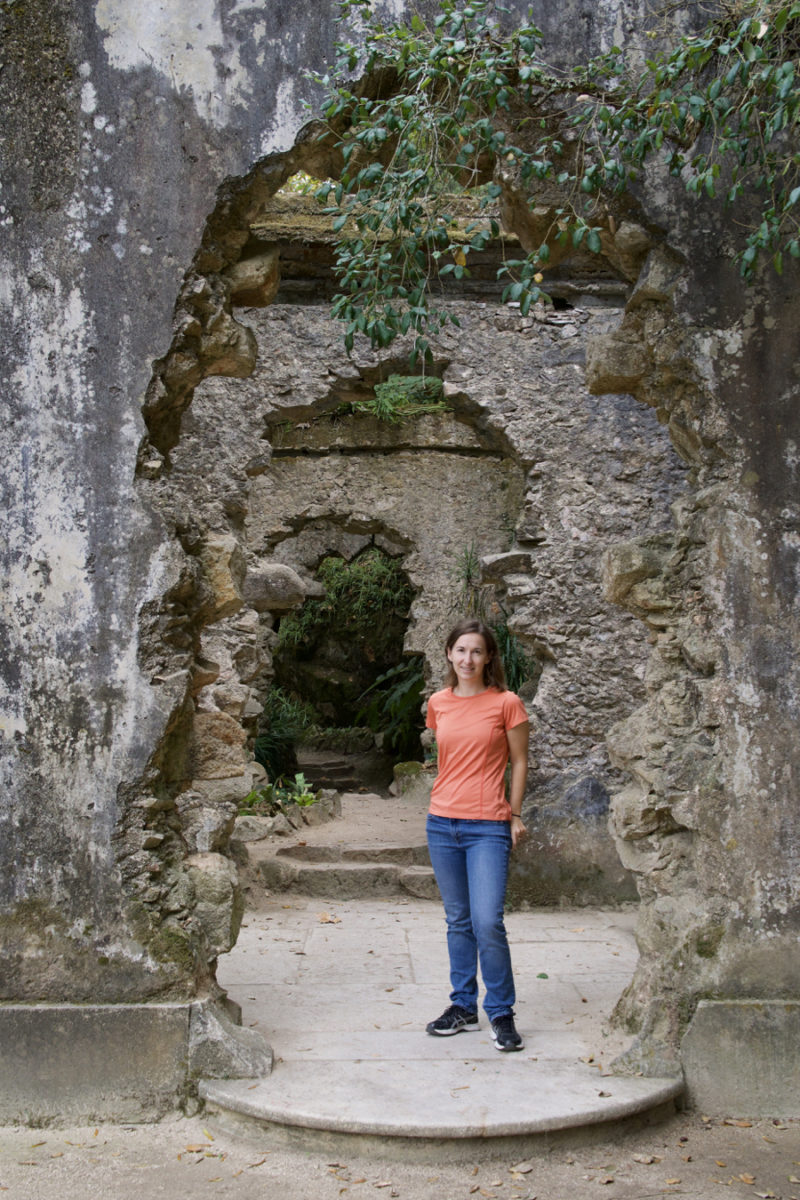 Regaleira is known for its whimsical, mysterious landscape architecture, but Monserrate has a much more interesting palace interior. Each room and hallway was a work of art, with intricate decor.
Regaleira is known for its whimsical, mysterious landscape architecture, but Monserrate has a much more interesting palace interior. Each room and hallway was a work of art, with intricate decor.  The palace and gardens of Monserrate that we see today was the vision of Francis Cook, an English textile millionaire who kept it as a summer residence for his family. It was later acquired by the Portuguese State and in 1995, it was designated a UNESCO World Heritage site. We can see why!
The palace and gardens of Monserrate that we see today was the vision of Francis Cook, an English textile millionaire who kept it as a summer residence for his family. It was later acquired by the Portuguese State and in 1995, it was designated a UNESCO World Heritage site. We can see why!
The glimpse into one of Sintra’s lesser-known palaces certainly piqued our interest. I don’t think we’re the only ones in our group who decided to return to Sintra on our own time to continue exploring.
(Most visitors go to the colorful Pena Palace at the top of the mountain, but waiting in line takes too long, so that’s why it’s not part of the X Day Trip.)
Our next stop was a weekly roadside market where we got to snack on cheese and olives. We each got a hearty chorizo sandwich, washed down with local wine. Then we drove out to Cabo da Roca.
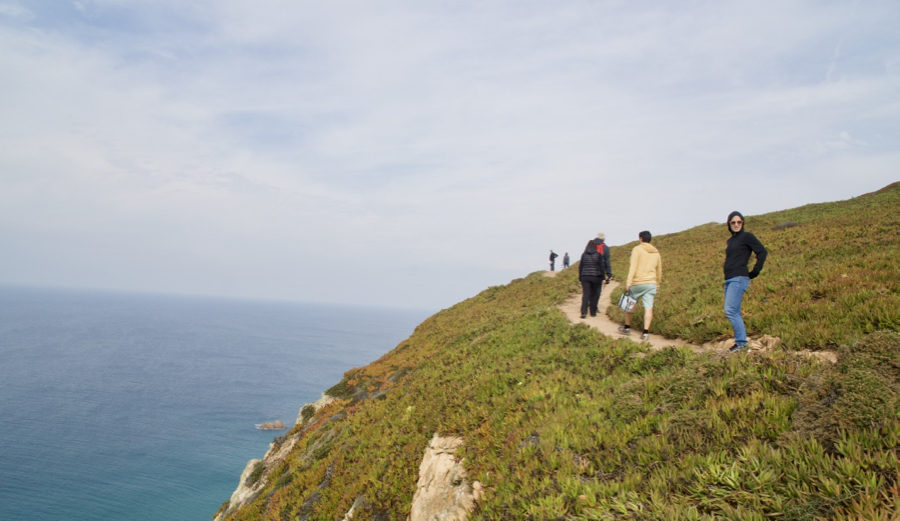 Cabo da Roca, the western-most point of the European continent, is a popular tour stop. But rather than head out to the monument with all the crowds, Nuno took us along the side to an impressive cliff-side viewpoint.
Cabo da Roca, the western-most point of the European continent, is a popular tour stop. But rather than head out to the monument with all the crowds, Nuno took us along the side to an impressive cliff-side viewpoint.
We were lucky to avoid the usual wind chill and were able to sample queijadas and ginjinha. Queijadas are a sweet pastry made with“quejio fresco” (fresh cheese) and egg yokes. They have a crisp top and the inside texture made us think of sweet potato at first. Ginjinha (or ginja) is a traditional Portuguese liquor made with sour cherries and cinnamon. It’s very sweet and reminded us of Christmas.
Our final stop of the day was the seaside town of Cascais. Nuno described it as the Bel Air of Portugual, where poor fishermen and the nouveau riche live. The coastal road is very scenic with a nice long bike route and sometimes surfers out in their wetsuits. The area has a colorful history as a pirate base, the first place to use electric light, and the inspiration for the character of James Bond!
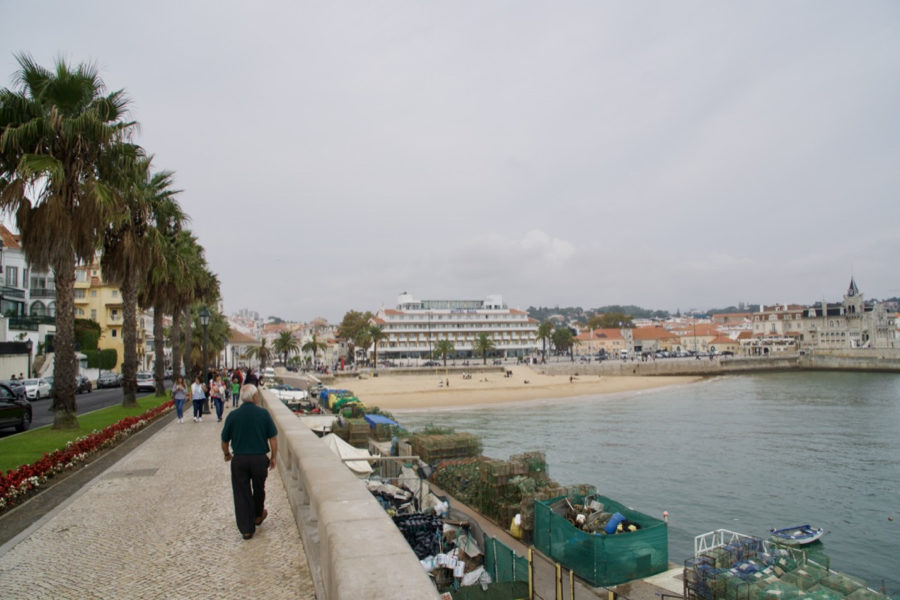 We had about an hour to walk around Cascais on our own, with recommendations from Nuno for a good ice cream shop.
We had about an hour to walk around Cascais on our own, with recommendations from Nuno for a good ice cream shop.
We drove back along the coast, passing the tower of Belem, as we returned to the center of Lisbon before 5pm.
All in all, the X Day Trip was a great, low-key introduction to the area surrounding Lisbon. We enjoyed all of the sights as well as talking to our driver/guide, Nuno. If you’re in Lisbon and looking for a day trip to Sintra and other beautiful spots outside the city, definitely check out We Hate Tourism tours!
What travel restrictions and rules are in place in Lisbon?
Find post-pandemic travel updates for Lisbon here:
What you need to know about Lisbon travel right now
Like this post? Pin it for later or share with friends:

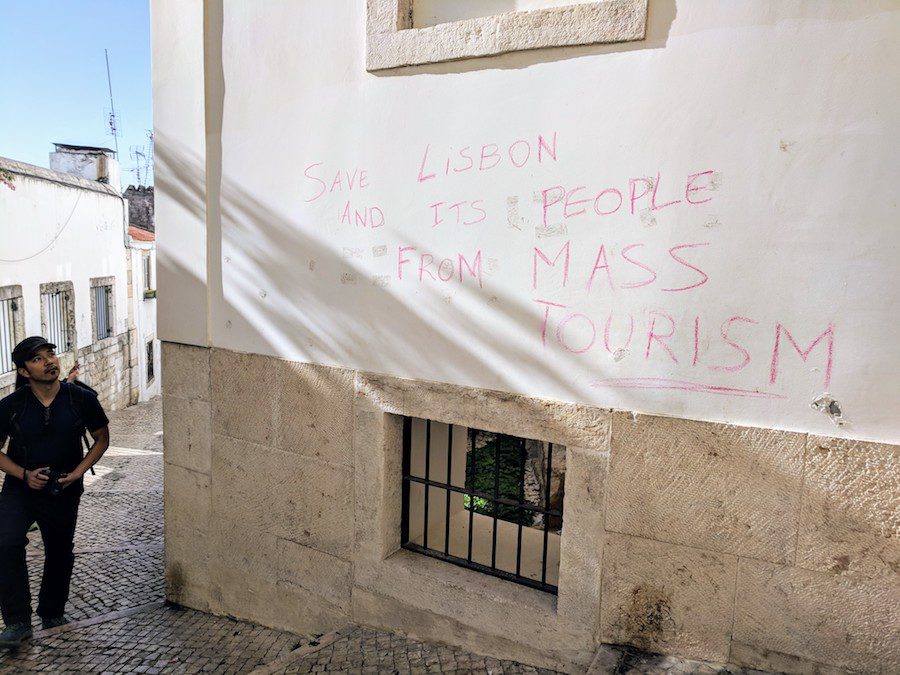
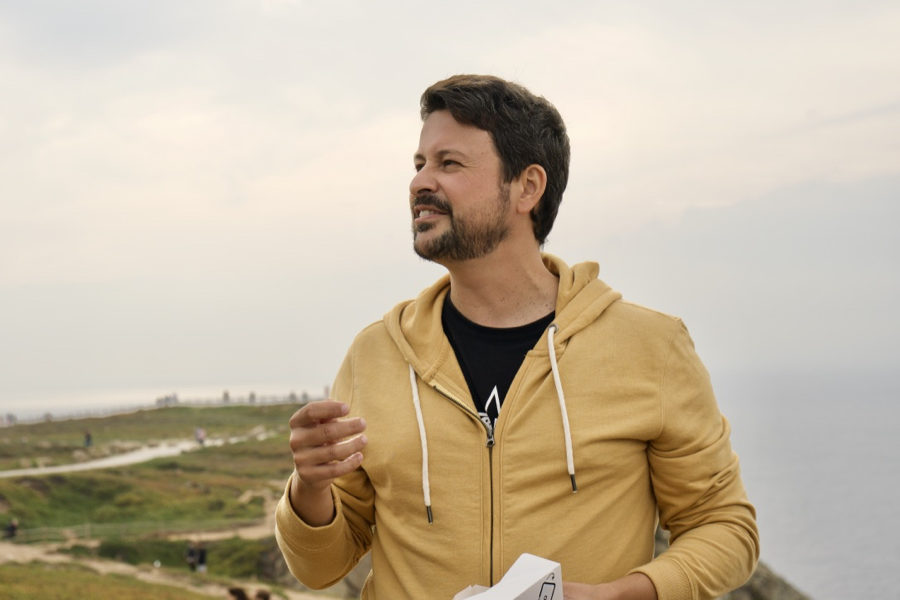
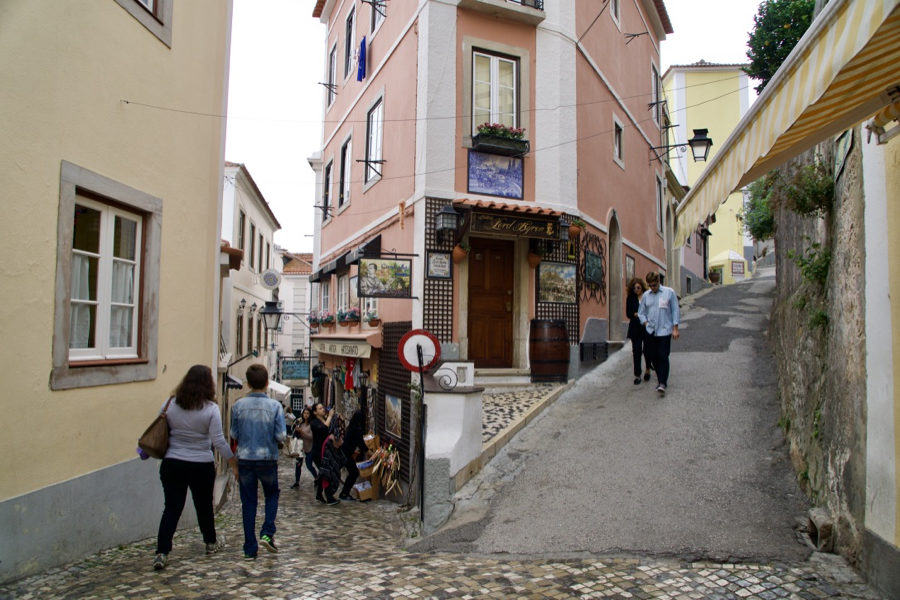
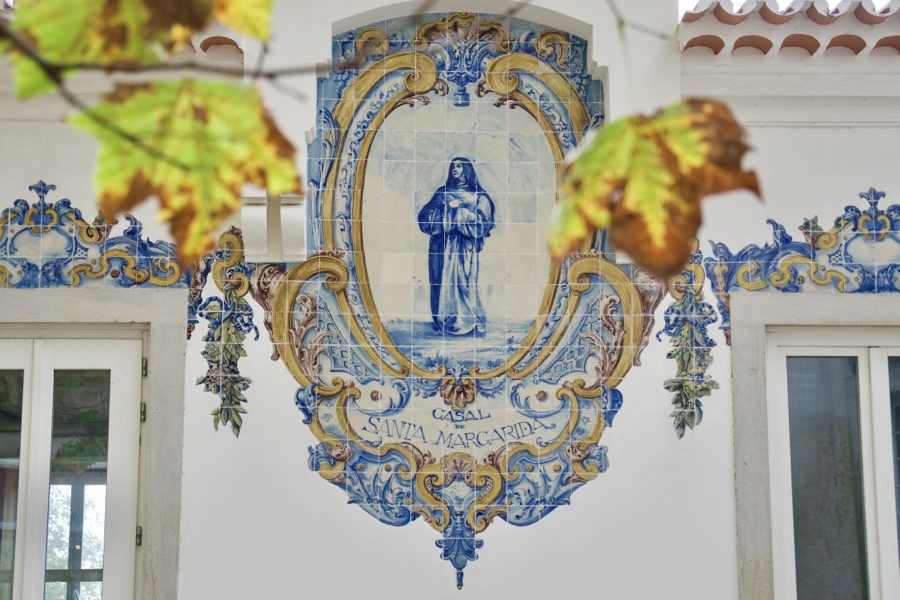
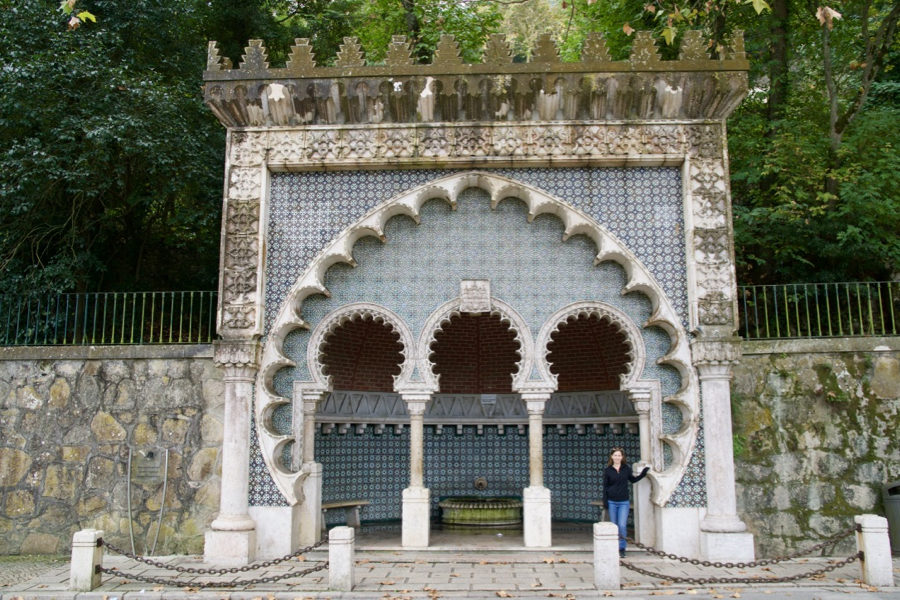



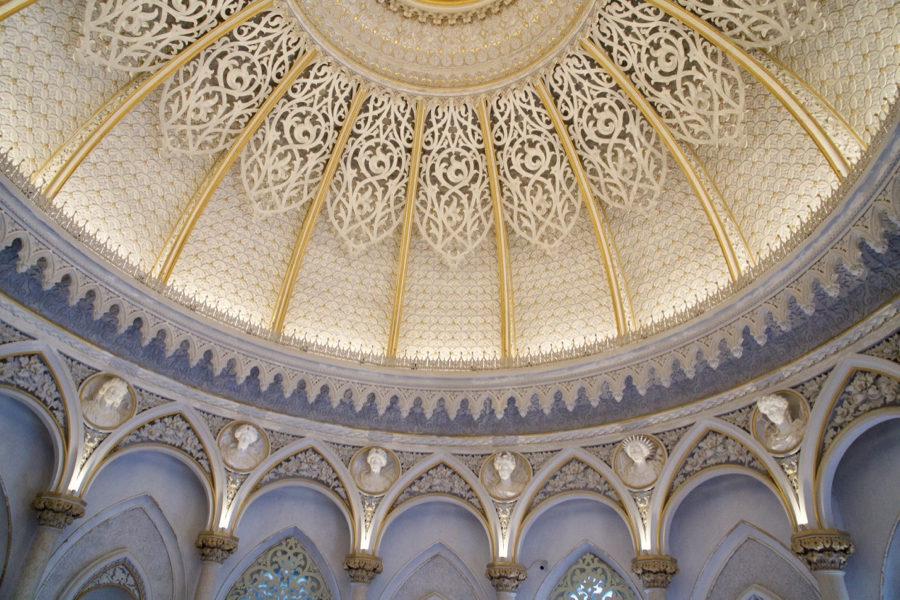


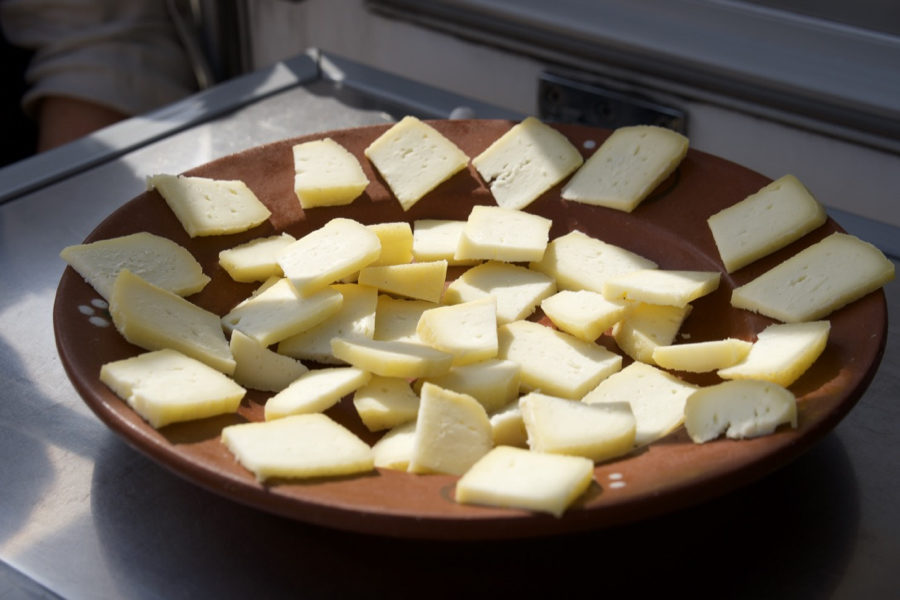
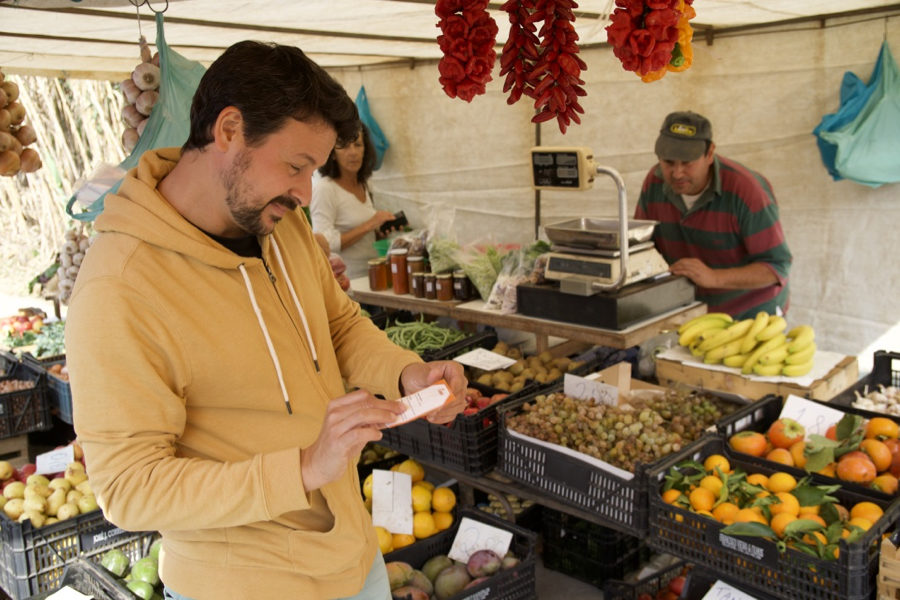
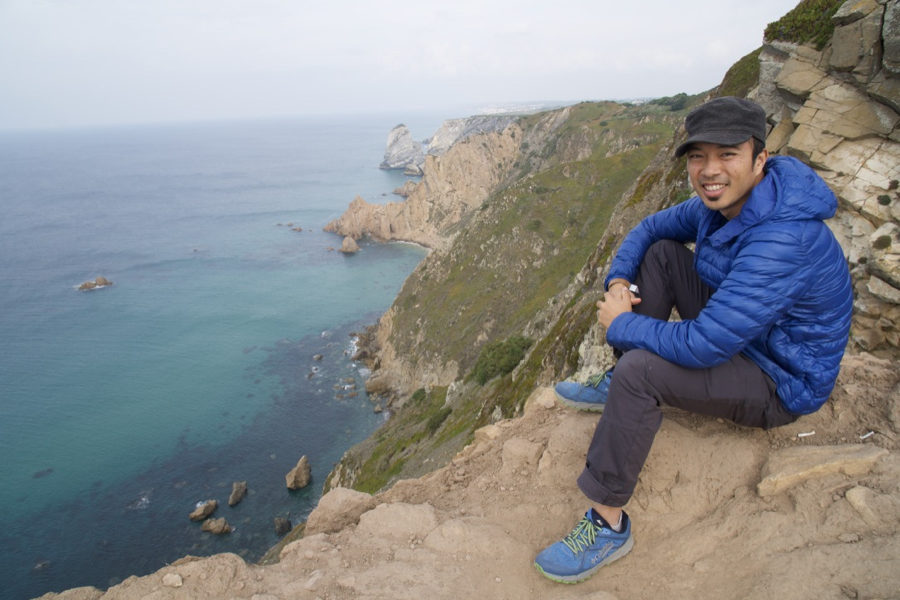
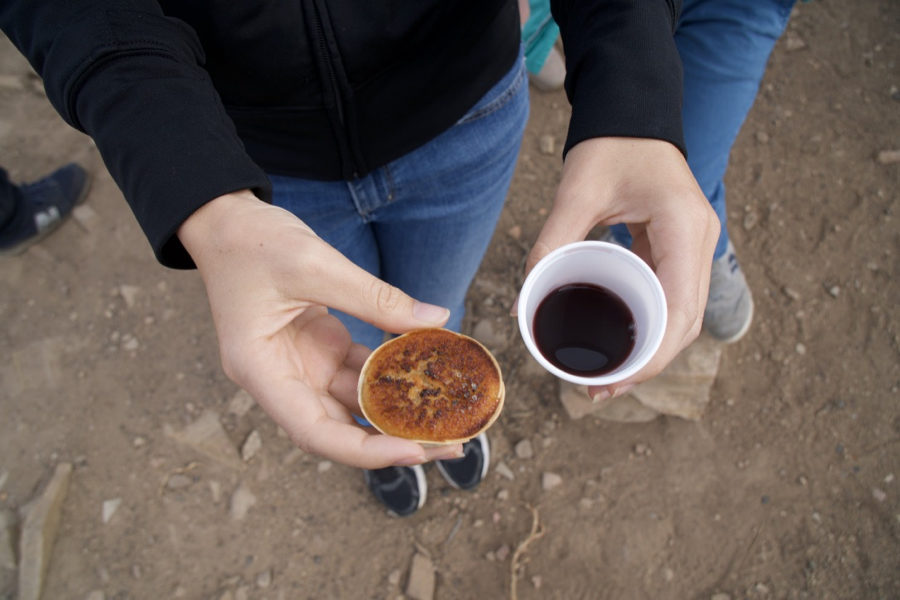
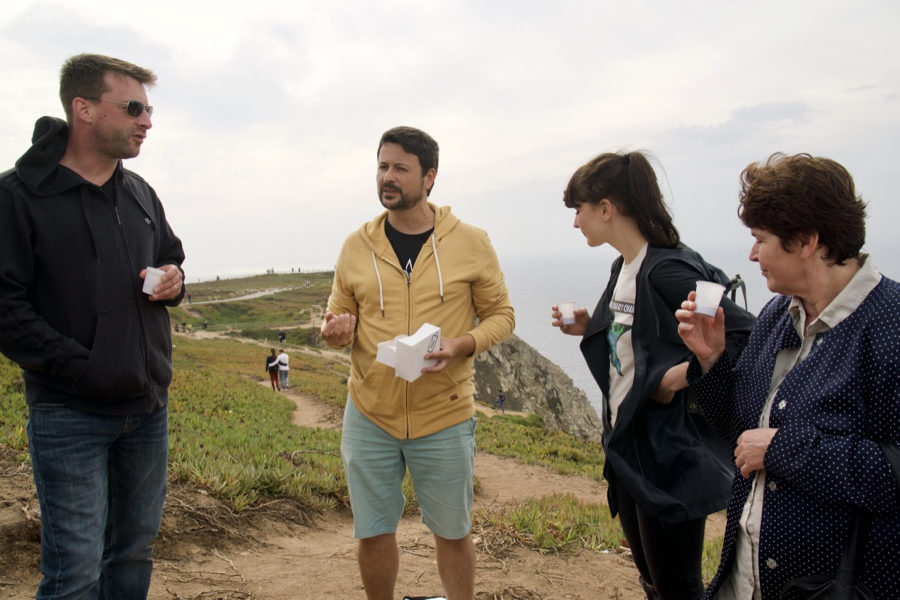
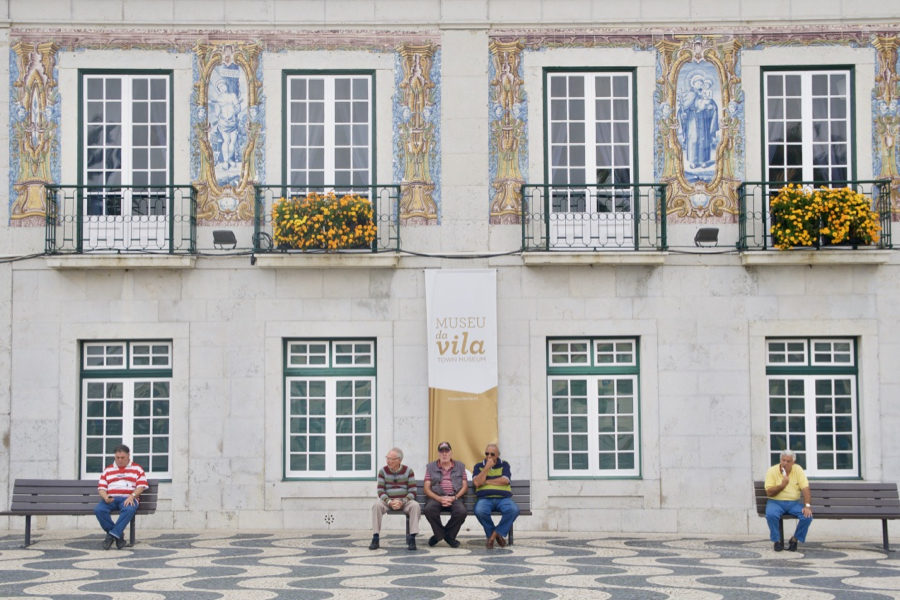
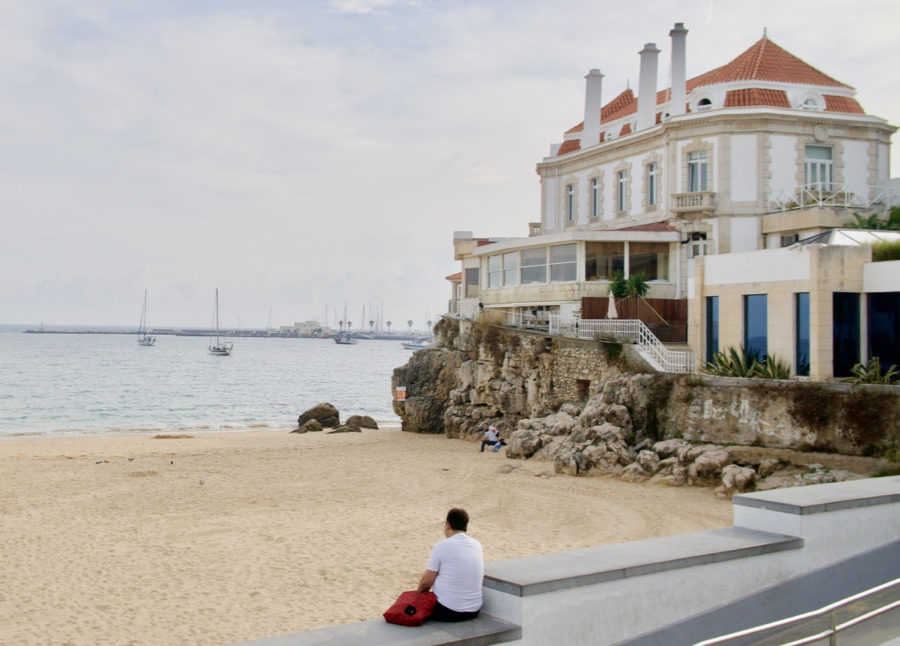
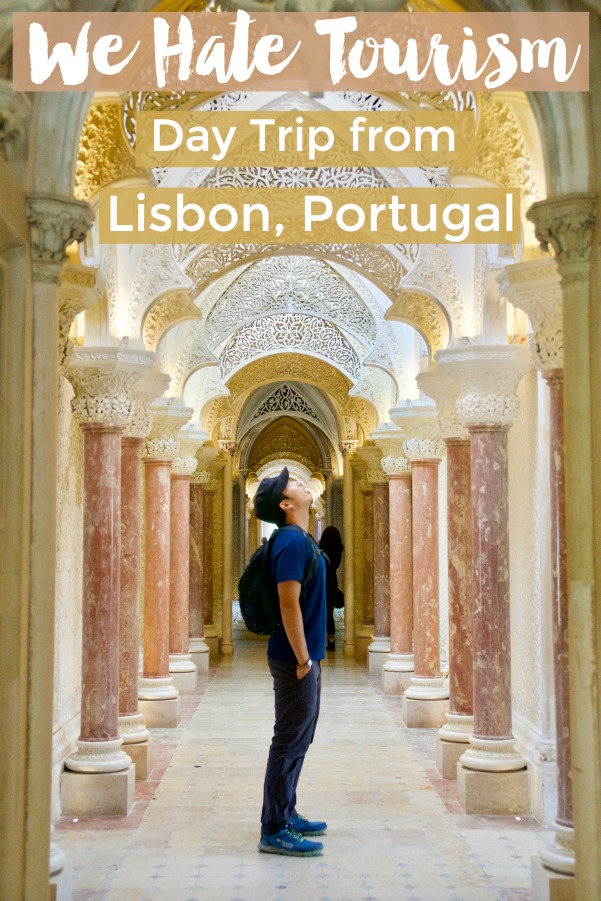


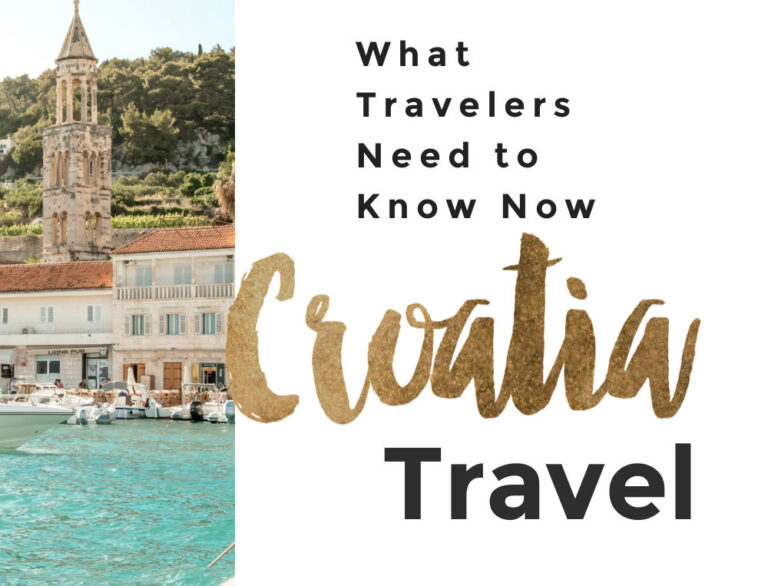

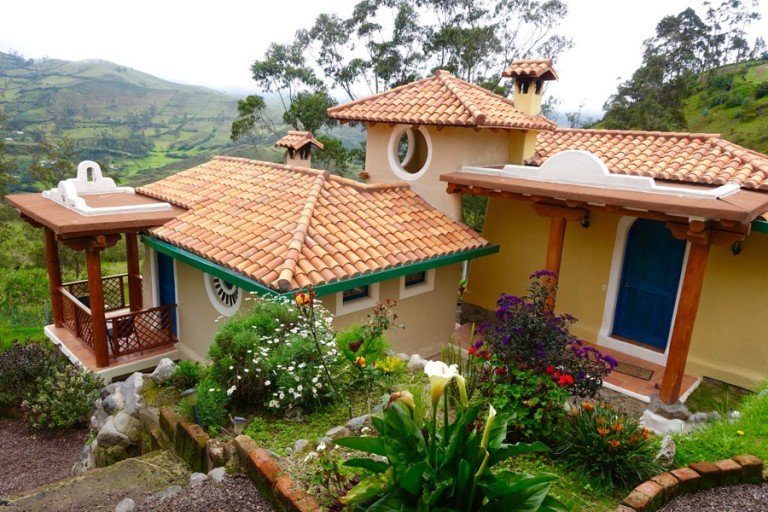
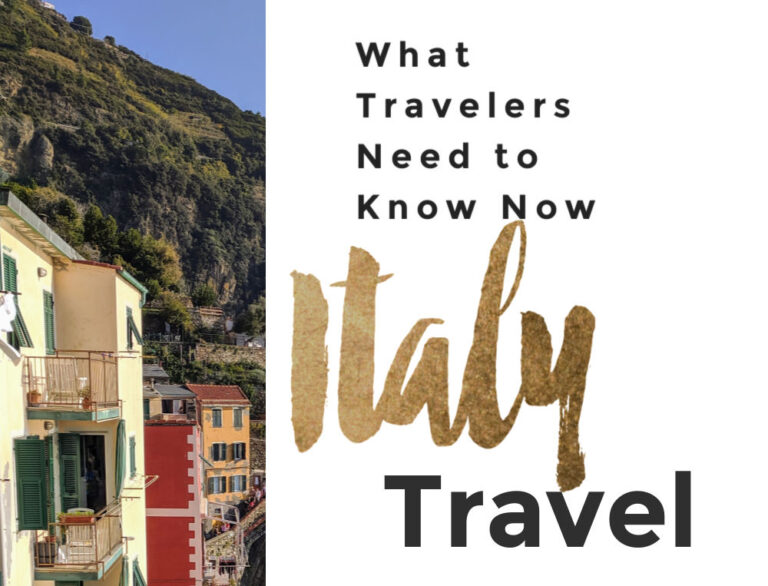
Yes I believe many popular locations have a sort of love/hate with tourists. The bring both good and bad. I’ve heard such great things about Portugal and I’ve had it on my list for a quite a while now. Maybe I should have gone before now? I hope not. And your photos are GREAT! ~Kathy
Really fabulous pictures. I think I’d like it there.